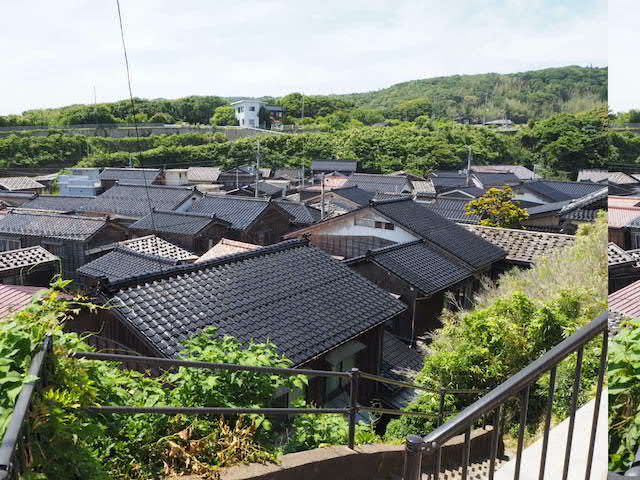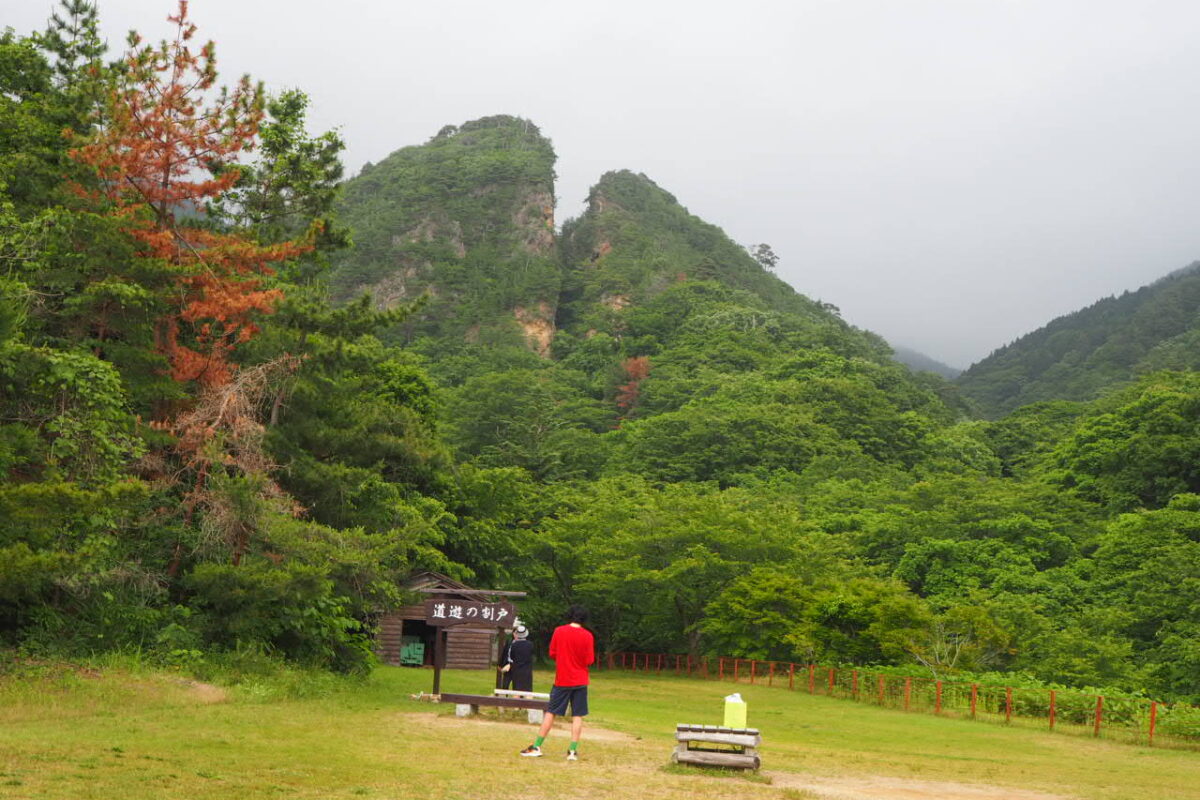In early June, I visited Sado Island.
Sado is a remote island in Niigata Prefecture. It takes about one hour by jetfoil or two and a half hours by car ferry from Niigata Port. There is no railway on the island, so many travelers rent cars, and vehicles with rental “わ(Wa)” license plates are quite noticeable.

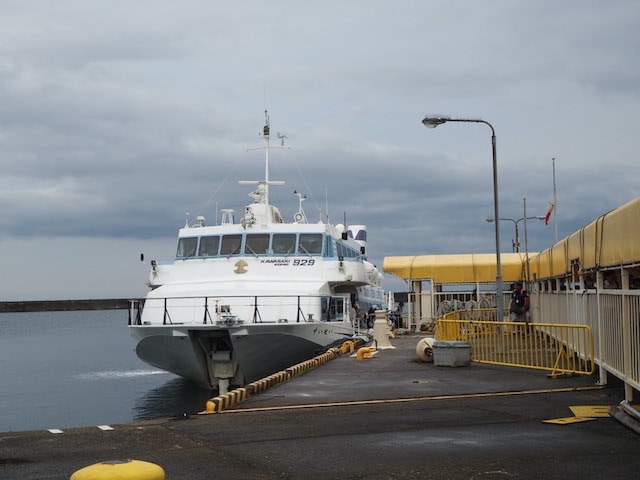
These days, the standard route from Tokyo is to take the Shinkansen to Niigata and then a ferry to Ryotsu Port. However, in the Edo period, Kitamae ships carried cargo from Osaka through the Seto Inland Sea, sailing north along the Sea of Japan. Sado’s Ogi Port prospered for a long time as a key transit hub on this route.

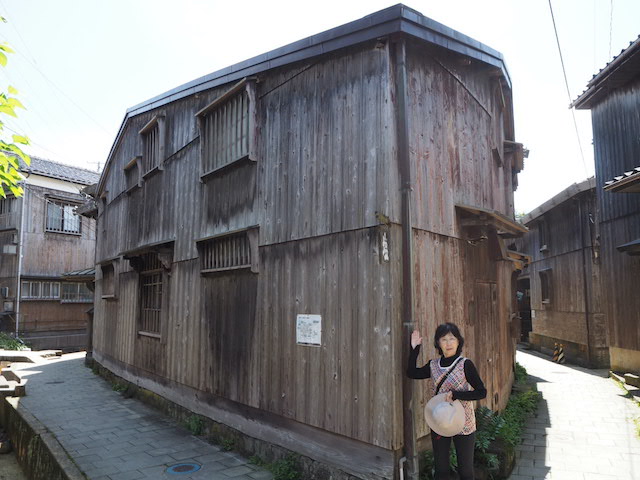
This island, floating in the Sea of Japan, has long been known as a place of exile. The famous Kamakura-period monk Nichiren, as well as Emperor Juntoku, were banished here.
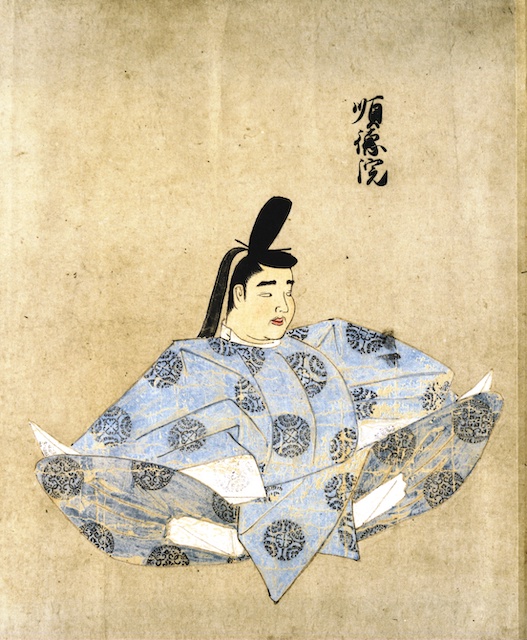
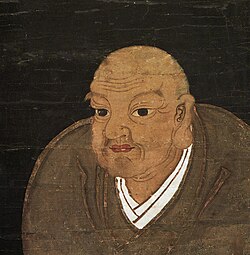
At one museum I visited, I spoke with a staff member who told me her husband is a descendant of a retainer of Emperor Juntoku. Whether that is true or not, I found it fascinating that the roots of local people today might connect to such historical figures. Emperor Juntoku resisted the Kamakura shogunate, was defeated, and exiled to Sado—about 800 years ago.
In 2024, Sado was inscribed as a UNESCO World Heritage Site, specifically for the historic gold mining remains that date back to the early Edo period. The mines were directly controlled by the Tokugawa shogunate, and the gold extracted here supported its finances. At the height of prosperity, as many as 50,000 people from across the country lived around the Aikawa mining area.
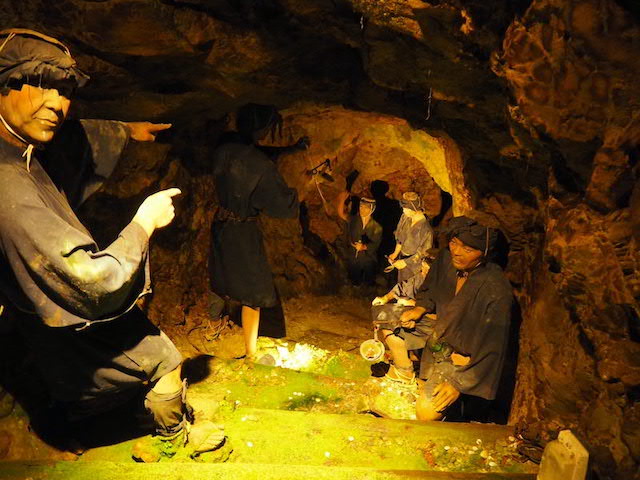
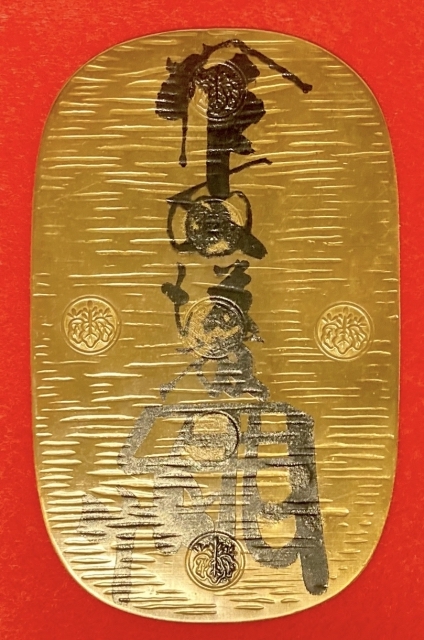
In the Meiji period, the mines were taken over by the government and later operated by Mitsubishi. These mines, which supported modern Japan’s industrial growth, eventually closed in 1989. Today, Aikawa has museums and facilities where visitors can walk through old mining tunnels and imagine what the bustling past might have looked like.
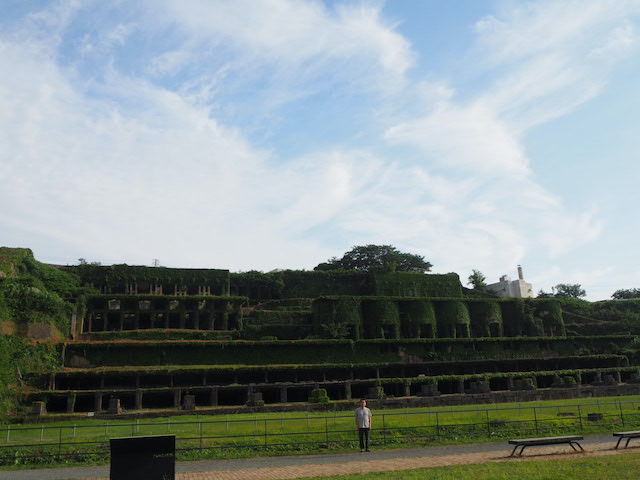
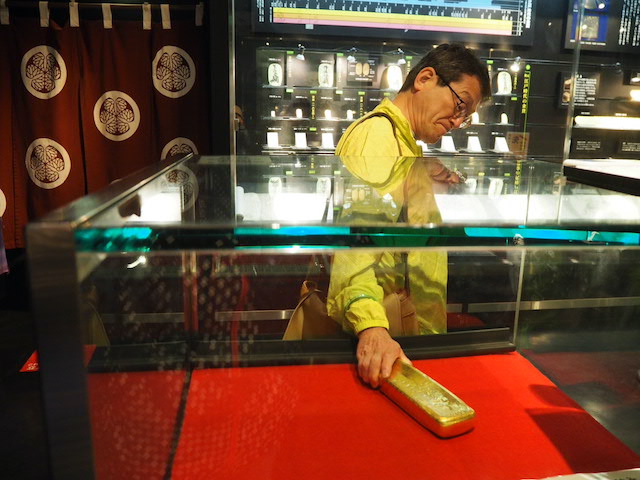
Sado is also well known for its traditional performing art: Noh theater. Remarkably, there are 30 Noh stages on the island, and local residents actually perform on them. Zeami, who perfected Noh in the 15th century, was exiled to Sado, which likely sparked its spread here. Later, Tokugawa officials posted to the island helped to further promote Noh. Although it was originally enjoyed by aristocrats and samurai, on Sado, it became a beloved local culture that continues to this day.

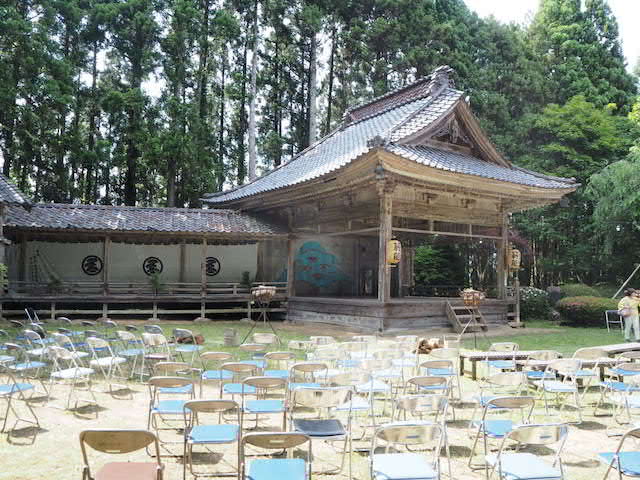
On June 12, I watched a Takigi Noh performance at Ushio Shrine. The evening began with a ritual lighting of fire, followed by the mystical performance. The harmony of fire and dance was truly mesmerizing. These Noh performances are held from April to October at various shrines and temples around the island.
→ Performance info
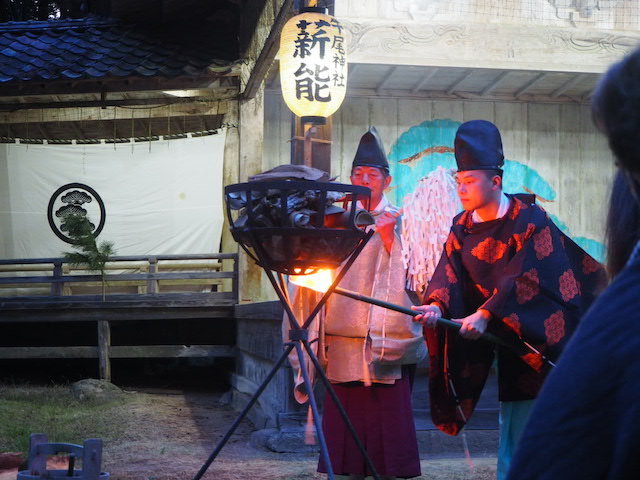

Sado is also known for its conservation efforts to protect the crested ibis, or Toki. These birds once thrived in the island’s rice paddies and satoyama landscapes, but due to development and habitat loss, Japan’s native wild ibis became extinct. In 2000, a breeding pair was gifted from China, and artificial breeding began at the Sado Japanese Crested Ibis Conservation Center. As the population gradually recovered, a new philosophy emerged: “A habitat where ibises can live is also a habitat that is kind to people.” This led to a movement toward sustainable farming, reducing pesticides and chemicals in what became known as “farming in harmony with the ibis.”
In recognition of this effort, Sado was designated Japan’s first Globally Important Agricultural Heritage System (GIAHS) in 2011. At Toki Forest Park, visitors can see the ibises up close.
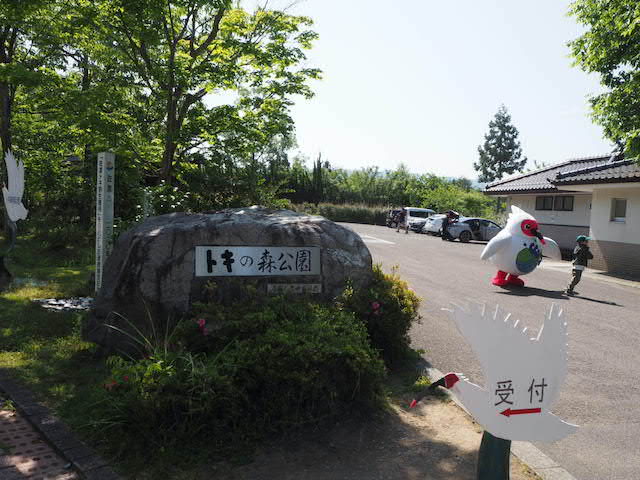

The island itself was shaped by tectonic shifts over the past 3 million years, and signs of this geologic history can be seen all across Sado. Called “an island where the Earth’s memory lives on,” it has been designated a Japanese Geopark. For anyone interested in geology, the entire island serves as a natural classroom.
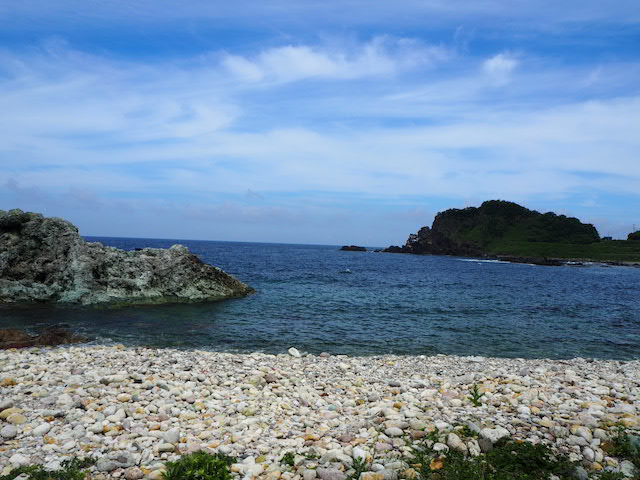
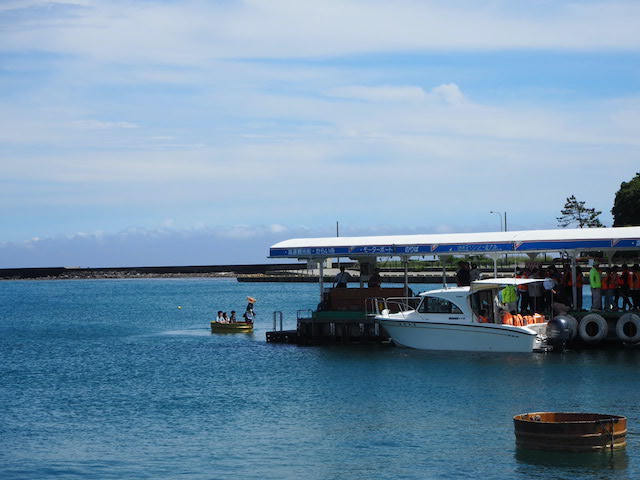
Sado Island gave me the feeling of seeing Japan’s traditional landscape as it might have been decades ago. While it wasn’t always easy to find a place to grab lunch or a convenience store, that too was part of the island’s charm. It’s a place where you can truly experience Japan’s history, nature, and human stories—all in one.
